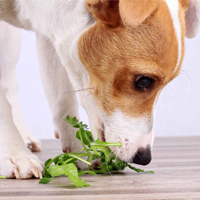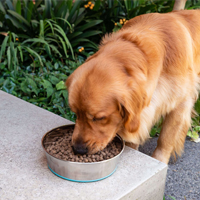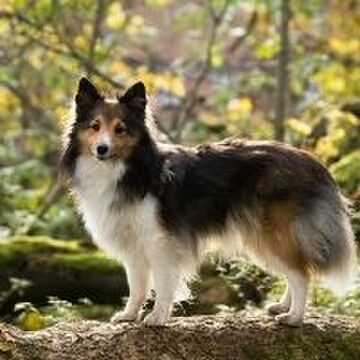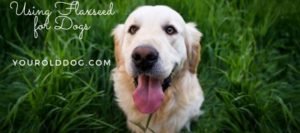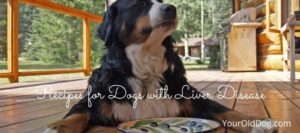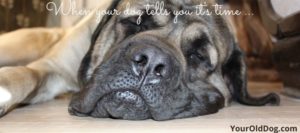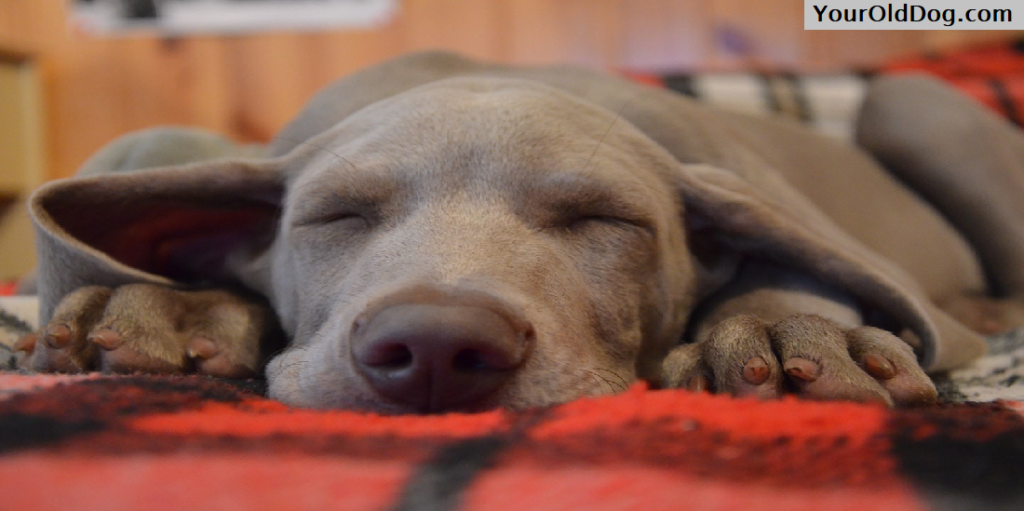
Safely Using Bee Balm for Dogs
History Behind Bee Balm
This amazing herb is so-named because it actually helps attract bees and butterflies.
In this article in our ongoing series on herbal medicines for dogs we’re going to talk about how you can safely use bee balm for your own dog.
It is a dry land plant and a member of the mint family. The following picture may not include the actual plant.
Sometimes bee balm is known as wild bergamot or purple bee balm. They grow in meadows and on slopes that see a good degree of sunlight.
They prefer dry environments, unlike most other members of the mint family, and are a favorite for grazing livestock.
Bee balm is usually identified by lance-shaped opposing leaves along the stem, like teeth. The stems are square, like most other members of the mint family, and the flowers cluster near the top of each plant in tiny rose or purple colored blossoms.
Bee balm has a number of primary medical applications for dogs, including the promotion of sweating and the promotion of, whether you like it or not, the expelling of intestinal gas. It’s also used as an antiseptic and a pain reliever as well as an anti-fungal.
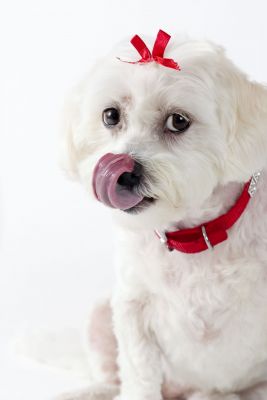
Therapeutic Use for Dogs
The leaves of bee balm are generally plucked from the plant and used in forming various applications, including a glycerin tincture and even an infusion. The good news about bee balm is that the leaves can be dried and stored for up to two years, much longer than the average lifespan of similar leafy herbs.
- Bee balm is often used as a digestive aid to help relieve things like spastic colon and gastritis. Dogs generally won’t eat the leaves because of their distasteful flavor, so the best application here is actually a gelatin capsule. These are available in most places herbal and holistic treatments are sold. Look for all natural bee balm and follow the directions on the package.
- Bee balm is also useful as an antibacterial application for mouth and gum infections. You can use either a poultice, tincture or infusion for this. Directions for a poultice: use either dried or fresh herbs and apply directly to the infected area. Directions for a tincture or infusion: If you prefer to tackle gum infections using a tincture or infusion of bee balm; simply apply directly to the area of infection.
- Skin rinse, poultices & salves: Some pet owners have noted that bee balm is useful as a topical application in either a poultice or salve form along with a twice-daily rinse cycle with cooled bee balm tea. To make the topical tea (rinse): cover a handful of bee balm with hot water and allow it to steep until water has cooled. Don’t strain; just pour over affected areas.
- Yet another application of bee balm is as an eye or ear wash. This is particularly good when there are fungal or bacterial infections involved. Directions for eye rinse: Rinse the eye and surrounding tissue with an irrigation syringe filled with an infusion of bee balm. The infusion shouldn’t be too strong and should be light yellow in color.
Purchase a trusted brand of Bee Balm here…
Preventative Measures
Bee balm is universally known as a safe herb. The only caution I would offer is to watch where you get the bee balm from, as some herbs and weeds that grow around it can be problematic.
As always, check for spraying before you harvest any bee balm.
Reasons to Use
As you can see, it is not only an excellent herb, but very safe as well. The skin rinse (see above under therapeutic use) is an especially good way to go about using it and it is widely available at many herbal retailers.
Because of its safety and wide range of applications, I can’t recommend enough the use of bee balm for dogs.
References: Herbs for Pets by M.L. Wulff-Tilford and G.L. Tilford, Natural Remedies for Dogs and Cats by CJ Puotinen

